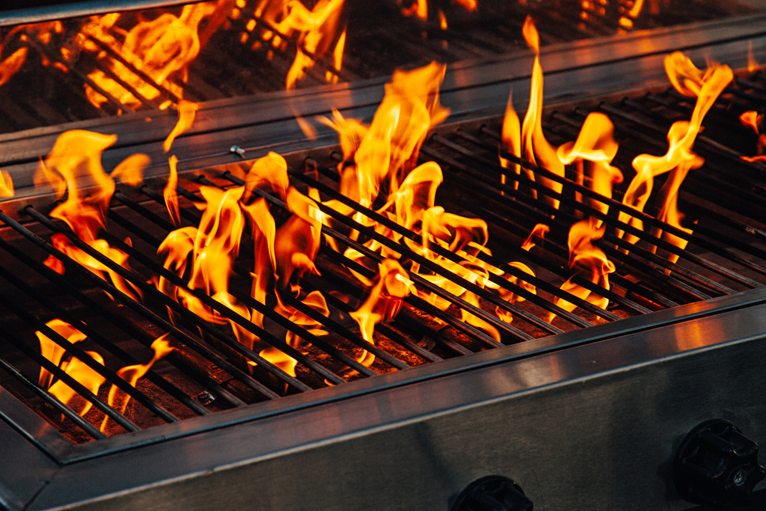In recent years, there has been a resurgence of interest in solid fuel cooking, mainly using wood-fired ovens and grills. While it is difficult to determine the exact popularity of solid fuel cooking compared to other cooking methods, there are a few reasons why it has gained attention:
Flavor and Aesthetics:
Solid fuel cooking, such as cooking with wood or charcoal, can impart a unique smoky flavor to the food. Many people appreciate the rich and distinct taste that solid fuel cooking provides. Additionally, the visual appeal of a wood-fired oven or grill adds a rustic and authentic touch to the cooking experience.
Culinary Trends and Artisanal Cooking:
There has been a resurgence of interest in traditional and artisanal cooking techniques. Solid fuel cooking is often associated with traditional methods used in various cuisines worldwide. It appeals to individuals who enjoy exploring and experimenting with different cooking styles and techniques.
Outdoor Cooking and Entertainment:
Solid fuel cooking is well-suited for outdoor cooking and entertainment. Wood-fired grills and pizza ovens, for example, can enhance the experience of outdoor gatherings, barbecues, and backyard parties. The ambiance and aroma of solid fuel cooking contribute to a unique and enjoyable social atmosphere.
Sustainability and Natural Resources:
Some individuals choose solid fuel cooking as a more sustainable alternative than other cooking methods. Wood and charcoal are renewable resources when harvested responsibly. Additionally, solid fuel cooking can be seen as a way to reduce reliance on fossil fuels and electricity for cooking, making it more environmentally friendly in certain contexts. Emissions should be monitored and the use of pollution control systems contemplated if environmental discharge needs to be minimized.
Cultural and Historical Significance:
Solid fuel cooking has deep cultural and historical roots, and many traditional recipes and cooking techniques have been passed down through generations. Some individuals embrace solid fuel cooking as a way to connect with their cultural heritage or explore culinary traditions from different regions.
It’s worth noting that while solid fuel cooking has gained popularity, it may not be suitable for all situations or culinary preferences. Factors such as convenience, time constraints, and fire safety regulations may influence the choice of cooking methods in different settings.
If you are designing a facility or restaurant that will include kitchen ventilation for solid-fuel cooking, several important factors must be considered when designing kitchen ventilation for solid-fuel cooking. Contact the experts who manufacture this kind of equipment and appliances and can guide you on the proper selections needed to meet your requirements.
A companion article will take you through the basic steps of best practices for solid fuel cooking ventilation.

Read Unveiling the Secrets of Kitchen Ventilation Design for Solid Fuel Cooking: Your Comprehensive Guide to understand the important factors that must be considered when designing kitchen ventilation for Solid Fuel Cooking.
Subscribe to kitchenventilation.com
Stay up to date by subscribing to Halton’s Commercial Kitchen Ventilation Blogs by entering your email address to subscribe and Halton will provide you with the latest information on commercial kitchen exhaust hoods, pollution control units, air handling, and safety systems. You will receive notifications of new posts by email.

